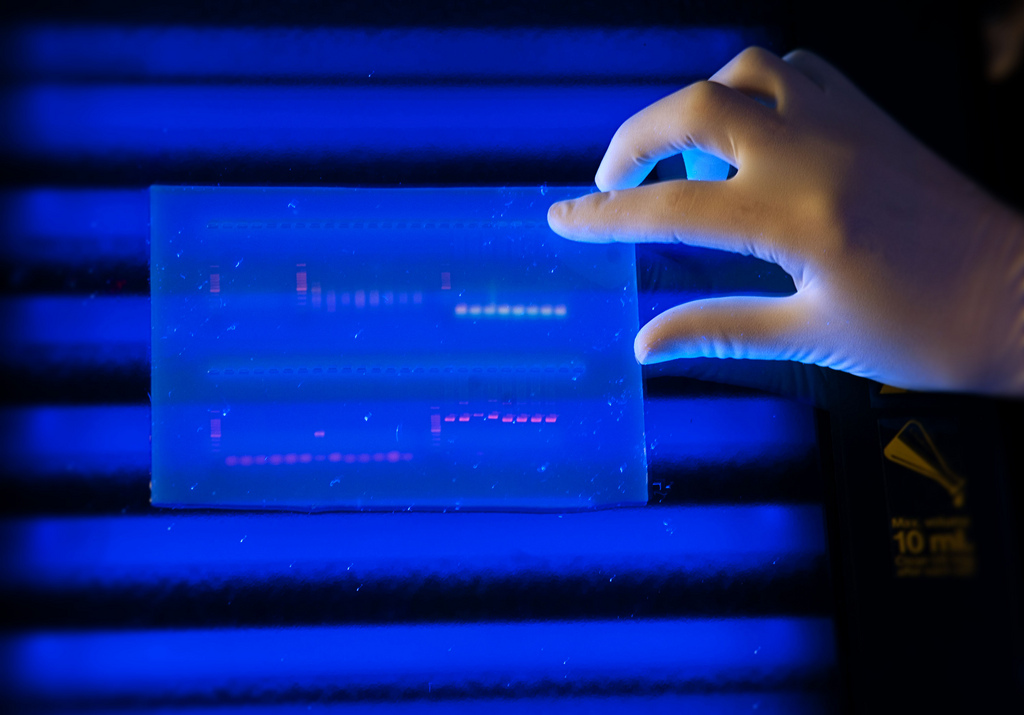Excerpt: the Evolution of DNA Evidence in the Courtroom
07.18.17 By Innocence Staff
In April, Robert J. Norris released Exonerated: A History of the Innocence Movement, a new book that takes an in-depth look into the criminal justice movement that evolved out of exposing wrongful conviction cases. Earlier this week, Reason.com published an interesting excerpt from Exonerated, outlining how DNA testing became a powerful tool for proving innocence in many cases.
Exonerated recounts how DNA testing was first used to prove a person’s innocence in a criminal trial in England in 1986. Richard Buckland was suspected of murdering two teenage girls who were each found raped and strangled. In one of the cases, Buckland had actually confessed. But, ultimately, DNA testing of evidence from each crime scene excluded Buckland—revealing that Buckland had falsely confessed—and helped identify the actual perpetrator of the two crimes.
According to the excerpt, as DNA evidence became more commonly used in the courtroom, so did the misapplication of the science. A company called Lifecodes developed a method they said could identify individuals from dried bloodstains and biological fluids recovered after the fact with exceptional accuracy. At the time, DNA testing was considered to be so reliable and cutting-edge that the evidence was almost never challenged by defense lawyers in court. But Innocence Project Co-Founders Barry Scheck and Peter Neufeld grew concerned when they learned that Lifecodes scientists weren’t following proper scientific processes, and were therefore yielding inaccurate results and possibly leading to the wrongful conviction of innocent people.
So was the case of Joseph Castro. Based on a drop of blood on his watch that, Lifecodes said, matched to the adult victim, Castro had been charged with the 1987 murder of a pregnant woman and her two-year-old daughter. Scheck and Neufeld were his attorneys. When they learned of the distressing lab practices that were being used at Lifecodes, they enlisted the help of Eric Lander, a human geneticist and mathematician, and Richard Roberts, a biochemist and molecular biologist, who suggested that the expert witnesses from both the prosecution and the defense meet to discuss the evidence.
The experts concluded that the method used by Lifecodes was not scientifically reliable enough to come to the conclusion that the blood matched to the victim. The lesson from the Castro case was that DNA testing is a reliable tool for solving criminal cases, but the testing has to be correctly performed and the results correctly interpreted.
Read the full excerpt here.
Exonerated is available for purchase from NYU Press here.
Leave a Reply
Thank you for visiting us. You can learn more about how we consider cases here. Please avoid sharing any personal information in the comments below and join us in making this a hate-speech free and safe space for everyone.
June 4, 2019 at 10:48 pm

So when did accurate dna testing become the norm in criminal investigations? Curious if cops got dna samples from all the teens arrested in the Central Park case. Not just the 7 initially charged, but others? And did they test for dna left on victim? Or her dna on any suspects? –not just semen and blood. Perhaps I am wrong but can you not get a dna sample from touching something, or hair samples? How was charging the 5 justified in the absence of NO dna of any of them found at the scene, or on her, or her on their clothes? At that point would that not be an automatic dismissal of the case? Last questions. Can a person commit a murder without leaving any dna traces? Is the Innocence Project looking into the Chanel Lewis conviction? I understand the dna sample was questionable and the whole case sounds very suspect to me. How can at this point a dna sample be “questionable?”